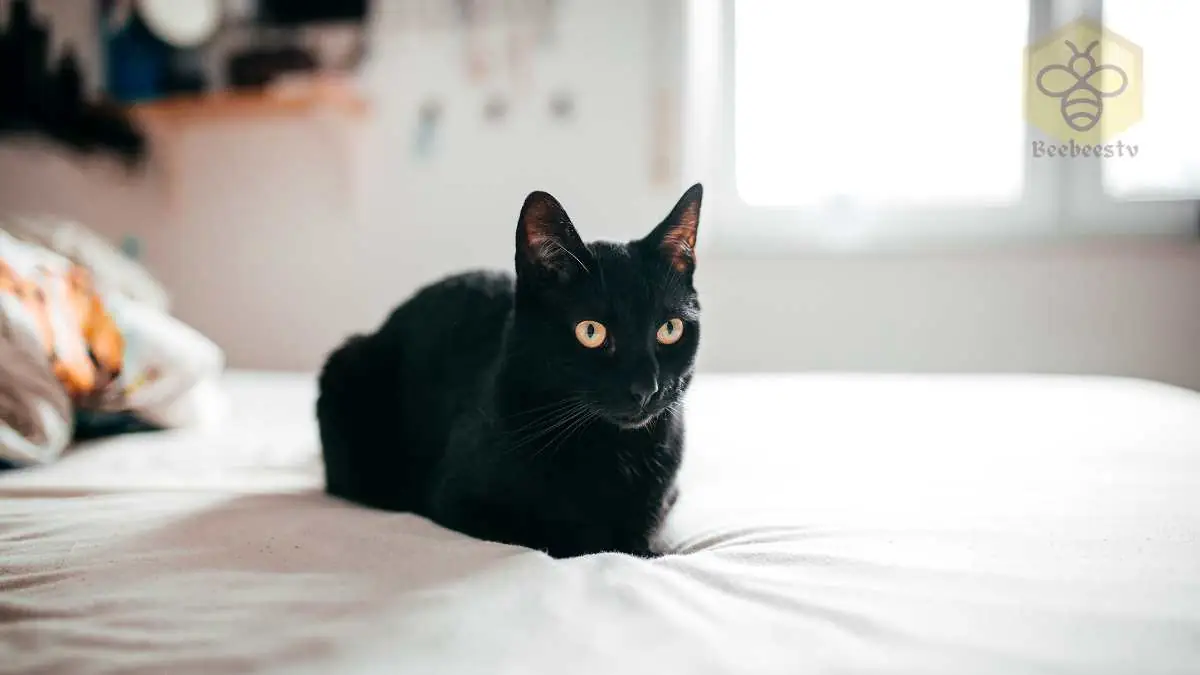Bombay Cat: The Miniature Panther with a Loving Heart
Bombay Cat
Introduction
The Bombay cat is a sleek, elegant feline often likened to a miniature panther. With its jet-black coat, copper-colored eyes, and affectionate personality, this breed is a unique and charming companion. Whether you’re a seasoned cat owner or new to the world of felines, the Bombay cat is sure to captivate your heart.
Scientific Overview
Scientific Name
Felis catus
Common Name
Bombay Cat
Scientific Classification
Origin and History
Where Did the Breed Originate?
The Bombay cat was developed in the United States during the 1950s. Breeder Nikki Horner aimed to create a cat resembling a panther, combining the Burmese’s sleek black coat with the American Shorthair’s body style.
Purpose of the Breed
Bombay was bred primarily for its striking appearance and affectionate personality, making it a popular choice among cat enthusiasts.
Physical Characteristics
Size and Weight
- Height: 8–10 inches (20–25 cm)
- Weight: 8–15 pounds (3.5–7 kg)
Appearance
- Coat: Short, smooth, and glossy, with a striking black color.
- Eyes: Deep copper or gold, giving them a mesmerizing look.
- Build: Medium-sized with a muscular yet graceful physique.
Temperament and Personality
Key Traits
- Affectionate and people-oriented.
- Intelligent and curious.
- Playful and social.
Interaction with Families
They are highly sociable and thrive in family settings. They enjoy being the center of attention and form strong bonds with their owners.
Habitat and Living Conditions
Adaptability
Bombay is highly adaptable and does well in both small apartments and larger homes.
Exercise Needs
- Regular play sessions to stimulate their active minds.
- Interactive toys to keep them entertained.
Diet and Feeding Habits
Nutritional Requirements
- High-quality cat food with balanced nutrients.
- Protein-rich diets to support their muscular build.
Feeding Schedule
- 2–3 meals per day for adults.
- Kittens require 4 smaller meals daily.
Training and Intelligence
Trainability
Bombay cats are brilliant and can be trained to perform tricks or follow commands.
Best Training Practices
- Use positive reinforcement with treats and praise.
- Keep training sessions short and engaging.
Health and Lifespan
Common Health Issues
- Obesity is overfed or under-exercised.
- Respiratory issues due to their short noses.
- Gingivitis and dental problems.
Lifespan
12–16 years with proper care and regular veterinary checkups.
Grooming Needs
Coat Care
- Weekly brushing to maintain the coat’s shine and remove loose hairs.
Additional Care
- Regular nail trimming and ear cleaning.
- Dental care to prevent tartar buildup.
Behavior and Lifestyle
Activity Levels
Bombay cats are moderately active. They enjoy climbing, chasing toys, and spending quality time with their owners.
Social Behavior
They are friendly with children and other pets, making them ideal for multi-pet households.
Ecological Role
As a domesticated breed, Bombay cats don’t play a role in the wild ecosystem. However, they excel as affectionate companions in human environments.
FAQs About Bombay Cats
- Are Bombay cats good with children?
Yes, they are friendly, playful, and patient, making them great companions for families with kids. - Do Bombay cats require a lot of grooming?
No, their short coat is low-maintenance and only requires weekly brushing. - Are Bombay cats vocal?
They are moderately vocal and use their soft, melodic voices to communicate with their owners. - How much exercise do Bombay cats need?
They enjoy regular play sessions and interactive toys to stay physically and mentally stimulated. - What is the average lifespan of a Bombay cat?
With proper care, they typically live between 12 and 16 years.
Conclusion
The Bombay cat is a striking and affectionate breed that blends beauty with a loving personality. Perfect for families and individuals alike, this miniature panther will charm its way into your life and heart. If you’re looking for a loyal and interactive feline companion, Bombay might just be the perfect choice.
